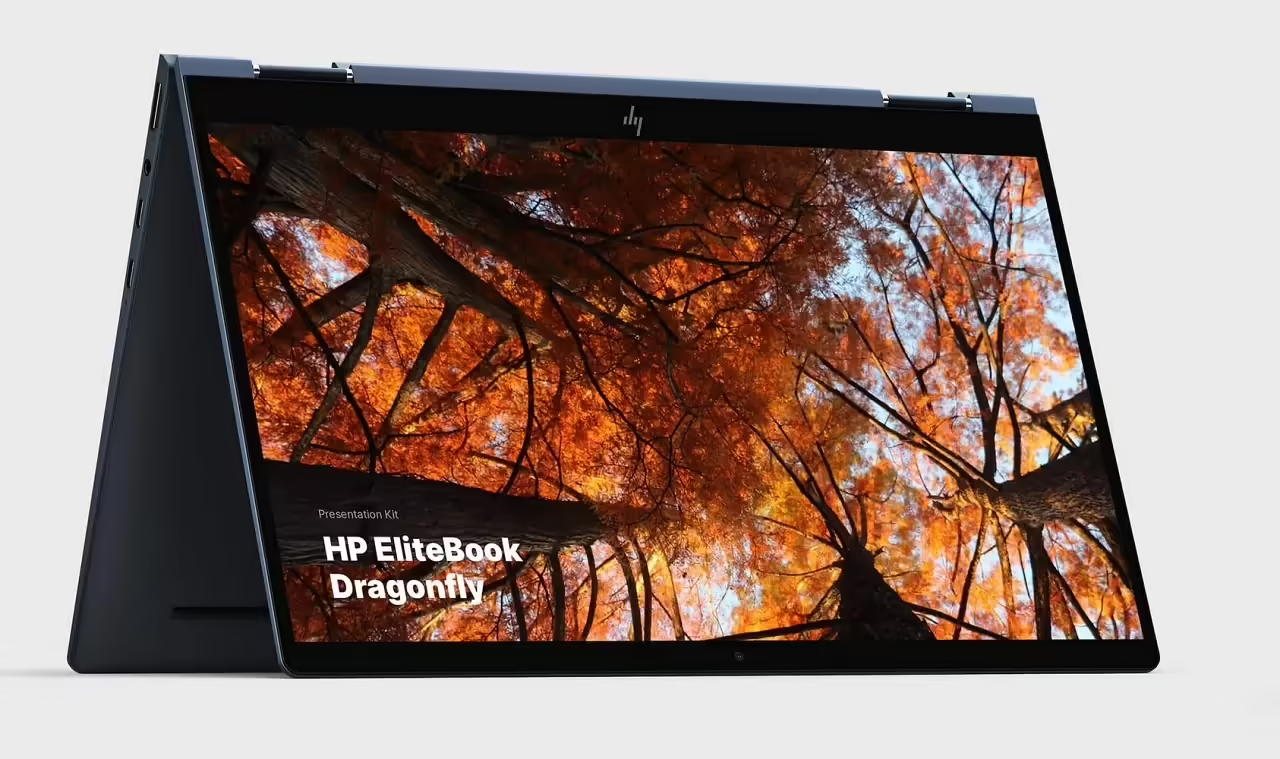
Mockups are visualization tools. They are most commonly used by marketers and business owners for demonstration, education, and advertising.
To create mockups, you do not need to be a professional artist or spend a huge amount of time on them. With the help of special tools, creating a mockup will take you a matter of minutes. Mockup allows you to create a visual solution for products and devices, whether it’s a laptop mockup or a website mockup.
With mockups, you can visually show colleagues and clients what the finished product or design will look like, even before you start actually creating it.
Plus, mockups are a great visual marketing tool. They allow you to share product ideas with customers so that they have a better understanding of what they are going to buy.
In addition to mockup, some more means are distinguished in the design sphere. Let’s take a look at them.
Experienced designers know that these are different entities designed to solve different problems. But if you dig deeper and ask what’s special about each tool, you’ll end up with as many definitions as there are answering designers. Someone admits the existence of colour prototypes, someone recognizes only black and white. Some mockups can be interactive, some can’t. Someone draws sketches exclusively by hand, while others can sketch them in the editor.
Sketch
This is a simple, hand-drawn painting. Simply put, this is the visual embodiment of an idea. It has no specifics. The result may be fundamentally different from the first sketch.
The purpose of a sketch is to capture an idea. With a pencil or pen, on a board or a napkin, it doesn’t matter. Cheap, fast, and cheerful. It is necessary in order to fix the idea and not lose it. Often used on brainstorming sessions.
In the sketch, you can outline some details of the interface or draw a creative feature of the site. But you don’t need to get carried away and start drawing details. Most often, the sketch is not provided to the customer.
The main purpose is to quickly transfer ideas from the head of the designers to the heads of others. When it comes to visuals, it’s much easier to sketch with a pencil than to explain an idea with your fingers.
Wireframe
It is a simplified scheme of the structure and content of the future project. It is created at the initial stage of development and reflects the overall picture of the project, without focusing on visual features.
It could be called a skeleton. It shows the main blocks and functions of the future product. It does not perform any real functions. The wireframe marks the location of project elements and what their approximate sizes will be. It can be compared to a map. Objects are indicated on it, but the map is black and white, not illustrated. Thanks to her, a person can get acquainted with the structural device.
The purpose of the described helper is to determine where content will be located. A wireframe can be used to compile the technical assignment.
Mockup
In plain language, you can call it a beautiful version of the wireframe. Colours are already appearing here, images are being selected, and typography is being thought out. It turns out to be a beautiful picture of the application or site.
Prototype
This is a model for testing a concept or demonstrating a future product. The prototype simulates the user’s interaction with the interface of the final product. To create a prototype, you can’t do without a picture; you need code or special software.
The value of a prototype in development is difficult to overestimate. A huge number of problems usually pop up at the development stage. Prototypes are being made quickly.
This is a crude model, but it works: if you click somewhere, something will open, just like on a real product. The prototype no longer needs notes about what works and how. To understand this, you just need to click on the place where you have a question.
In conclusion, making mockups and prototypes is a mandatory step in creating digital products. They save budget and time, and minimise costly adjustments at subsequent stages. Although mockups are important, there are several other visualisation tools for designers besides them. All of them have similarities, but differ depending on the stages of designing a website or another product. To achieve the maximum effect, it is necessary to study each in detail and apply it correctly.







